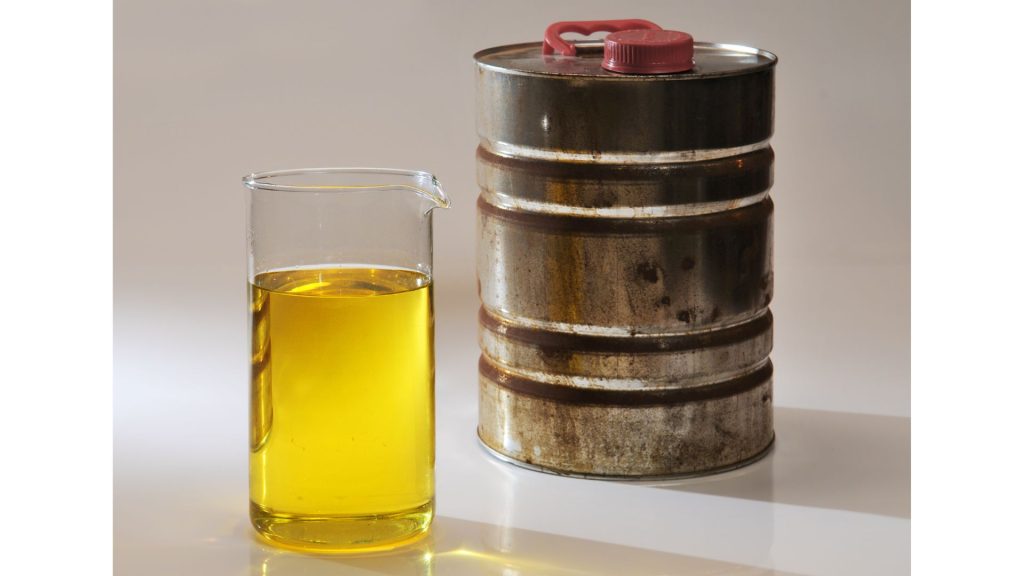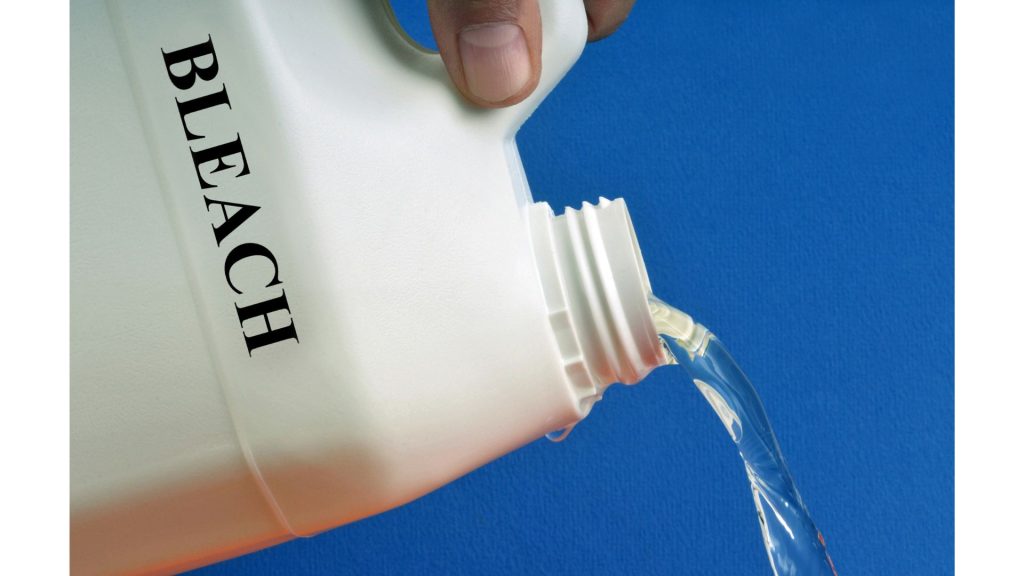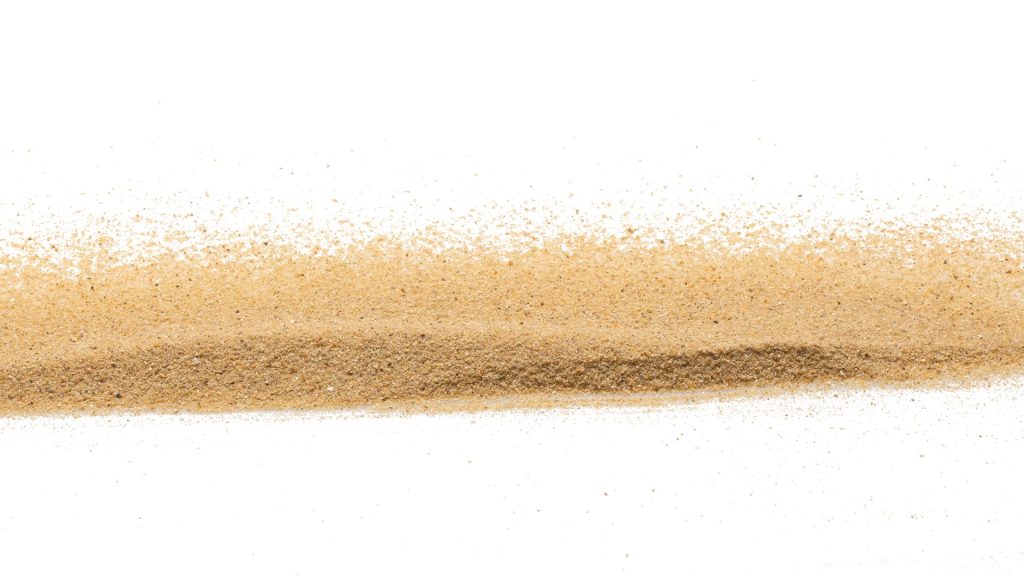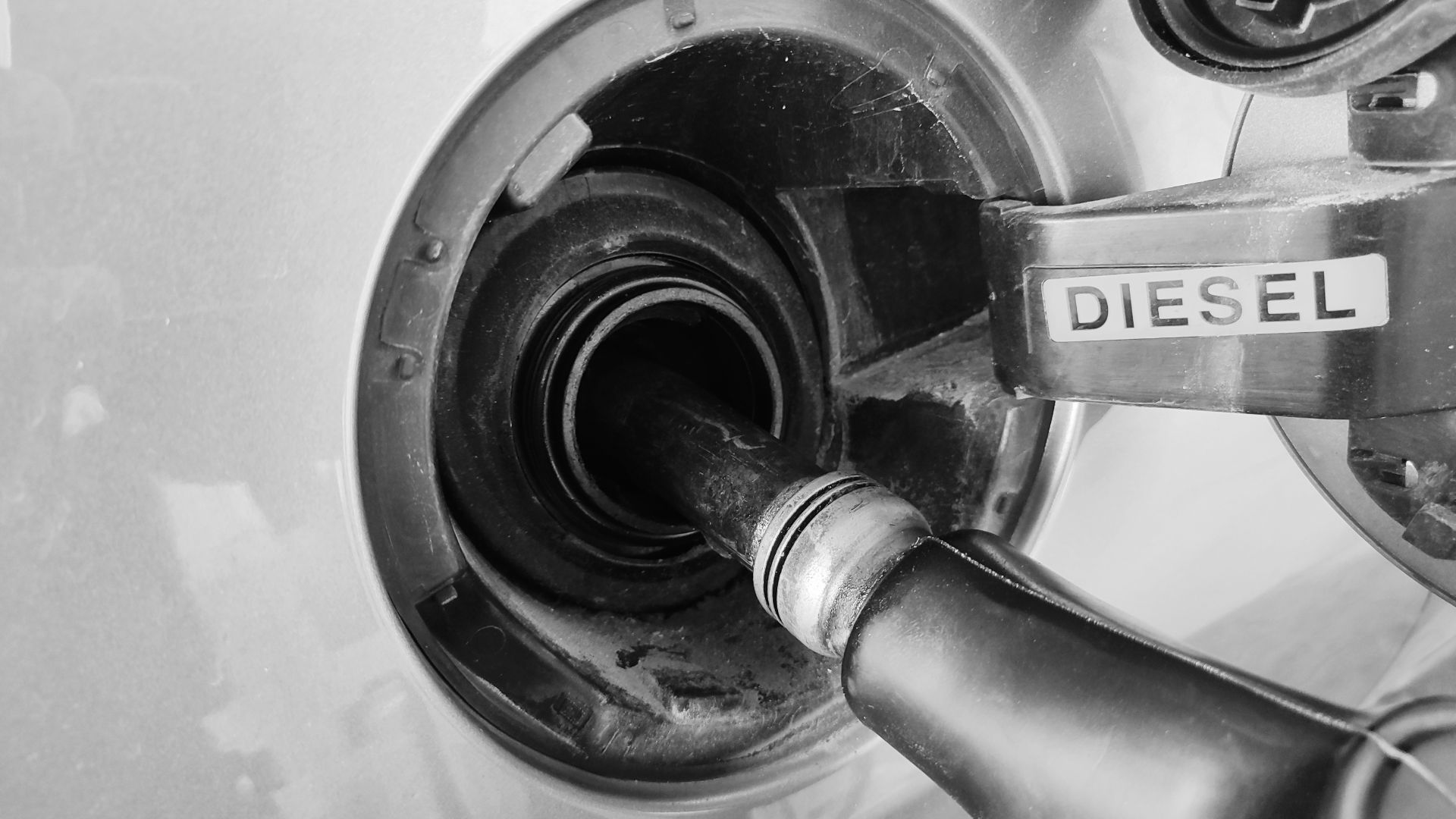The number of substances that harm the engine when added to diesel is more significant than you think.
What Can You Put In Diesel To Ruin The Engine?
1). Water
Water and diesel have a closer relationship than you realize. Diesel has a certain amount of water. Additionally, the Global Journal of Researches in Engineering Chemical Engineering published a study showing that adding water to fuel could reduce an engine’s combustion emissions.
Another paper from the Department of Mechanical Engineering (Kumoh National Institute of Technology) commended water in diesel for preventing overheating. Your biggest concern is the concentration of the water. High concentrations will attract the following complications:
- Expect the ferrous and non-ferrous metals to corrode when water combines with the acids in the diesel.
- Water lowers the fuel’s viscosity, reducing the fuel’s capabilities as a lubricant. This causes the moving parts to accrue abrasive wear.
- Fuel with free water can form ice crystals that clog the filter, compromising its functions.
- The water will infiltrate microscopic cracks, making them bigger when it decompresses under extreme pressure to release hydrogen.
- Water can turn the fuel into a thick sludge.
2). Gasoline

This is a common concern. People with diesel vehicles fill their tanks with gasoline all the time. This is what you should know:
- Diesel is heavier than gasoline because it has larger molecules.
- Adding gasoline to the tank will cause the diesel to ignite prematurely, damaging the engine. It only takes 1 percent contamination to affect diesel’s flash point significantly.
- Even though components such as the pistons and connecting rods can tolerate powerful detonations, The uncontrolled explosions gasoline attracts destroy them.
- Adding gasoline prevents the diesel from lubricating the pumps and injectors, which can destroy them.
- The vehicle will lose power, and its performance will deteriorate.
- The computer sensors may overheat.
- Some vehicles may tolerate gasoline in diesel, for instance, if you have 10 percent gasoline in 90 percent diesel.
3). Bleach

Bleach is watery. Therefore, the consequences may mirror what you see when you add water to diesel. However, bleach is worse:
- You will get a corrosive oxidizer in the tank once the combustion process burns the chlorine away.
- Fuel become inert.
- The engine’s performance will deteriorate.
- The gaskets and seals will corrode.
- Rust will appear in the gas tank.
4). Sugar
This one is a myth. Some people expect sugar to destroy the engine by turning the fuel into sludge. But, sugar will simply sink to the bottom because it can’t dissolve in the diesel. It is unlikely to destroy the engine, nor should you expect it to block the filters.

Sand is a far bigger problem. It will ruin everything from the bearings and filters to the crankshaft and connecting rod.
5). Alcohol
A Colorado State University Extension paper found that alcohol blends reduce fuel economy. However, this is the least of your concerns. Alcohol in a diesel engine is problematic, capable of corroding the plastic, rubber, and metallic components. The engine will run hotter because alcohol has a lower flash point than diesel.
How Do I Know If It Is Ruining The Engine?
If someone adds the wrong substance to the diesel in your car, the vehicle will manifest various warning signs, including:
- The engine won’t start.
- The engine will start and stop repeatedly.
- The engine’s performance will fall. The car won’t accelerate the same way you remember.
- A brief inspection will reveal corrosion on the engine’s sensitive components.
- Filters and pumps will become clogged.
- The moving parts will develop signs of abrasive wear, almost as if the lubrication is insufficient.
- You may notice erratic idling.
- You may hear strange sounds.
What Should I Do To Protect The Engine?
- If the filters are clogged, don’t hesitate to clean them. You can replace them if they’ve sustained too much damage.
- It takes a lot of sand in the tank to harm a car. However, if the unexpected happens and someone fills the tank with sand, flush the tank.
- Install water monitors to track the amount of water in the fuel. Some people use a lab test, but the sensors are more convenient. Diesel has some water. But you need to keep the water content below the saturation point.
- If water levels are higher than expected, change your supplier. Use water separators. But in the case of large volumes of water, drain the tank.
- If you add gasoline to diesel, don’t start the engine. You don’t want to run the fuel pump. This will contaminate the engine injectors. Tow the car to a repair shop. They will drain the fuel tank. If you start the vehicle, the repair costs will increase dramatically.
- If you’re tempted to add alcohol to de-gel fuel, look for alcohol-free products that achieve a similar objective without causing long-lasting harm. Those alcohol-free products have the same flash point as diesel. Therefore, you can trust them to protect the engine.
- Don’t use fuel additives without looking at the list of ingredients. Once again, you should prioritize alcohol-free additives. Any item in the additive with a lower flash point than diesel should concern you. Alcohol is not your only problem. Some alcohol-free products are pricier than their alcohol-based counterparts, but the money is worth the value you get.
- You can’t ruin your car with a few drops of bleach. But a quart should concern you. If you think someone added bleach to the tank, don’t start the vehicle. This will contain the bleach in the tank. You can drain the tank’s contents to solve the problem. Some people may also encourage you to replace the filter. But if you start the engine, take the vehicle to a technician. They will perform a thorough inspection.
You can solve most problems associated with contaminated diesel by flushing the tank, but only if you don’t start the car. This keeps the contaminants out of the engine.
Related post:

